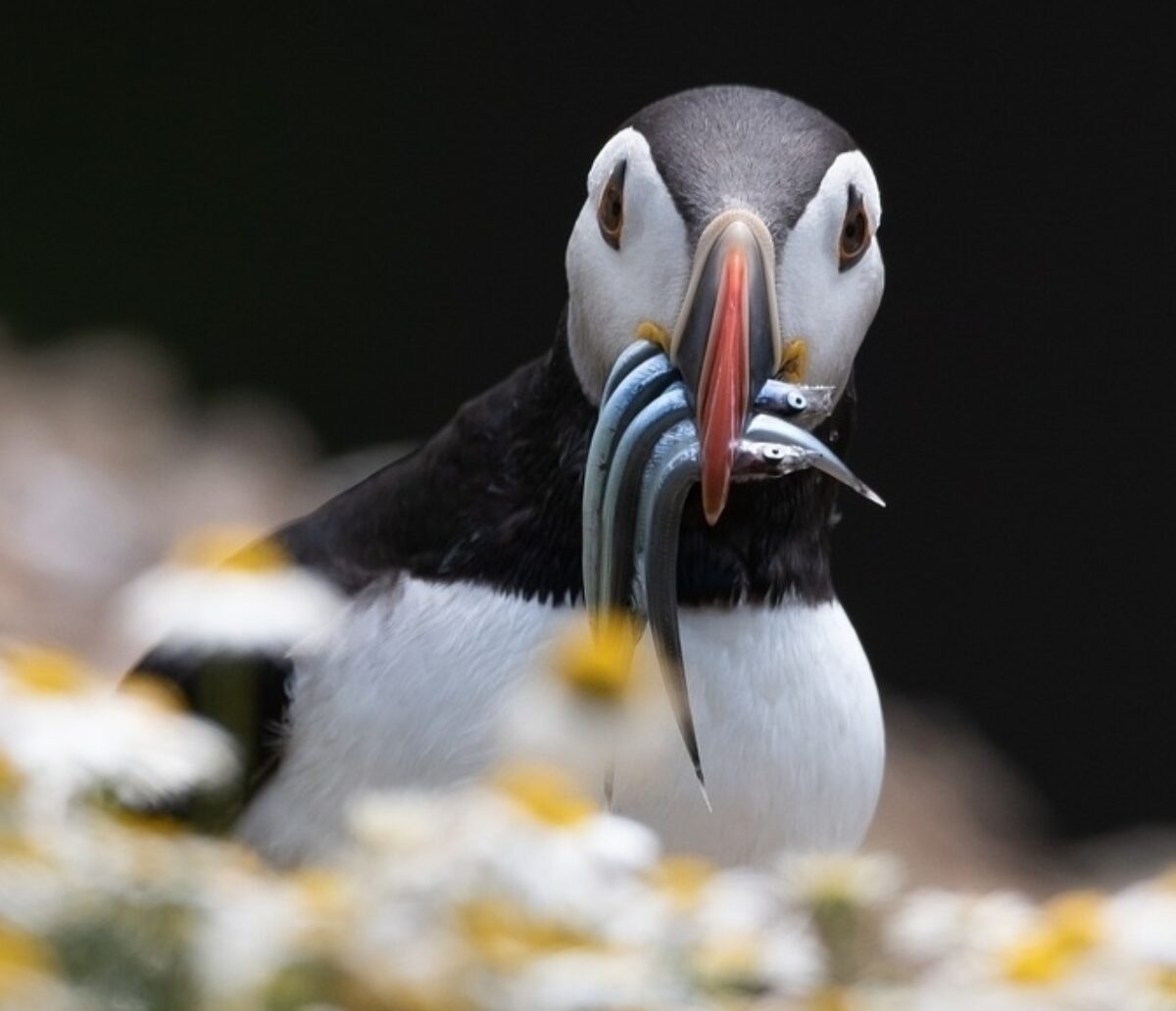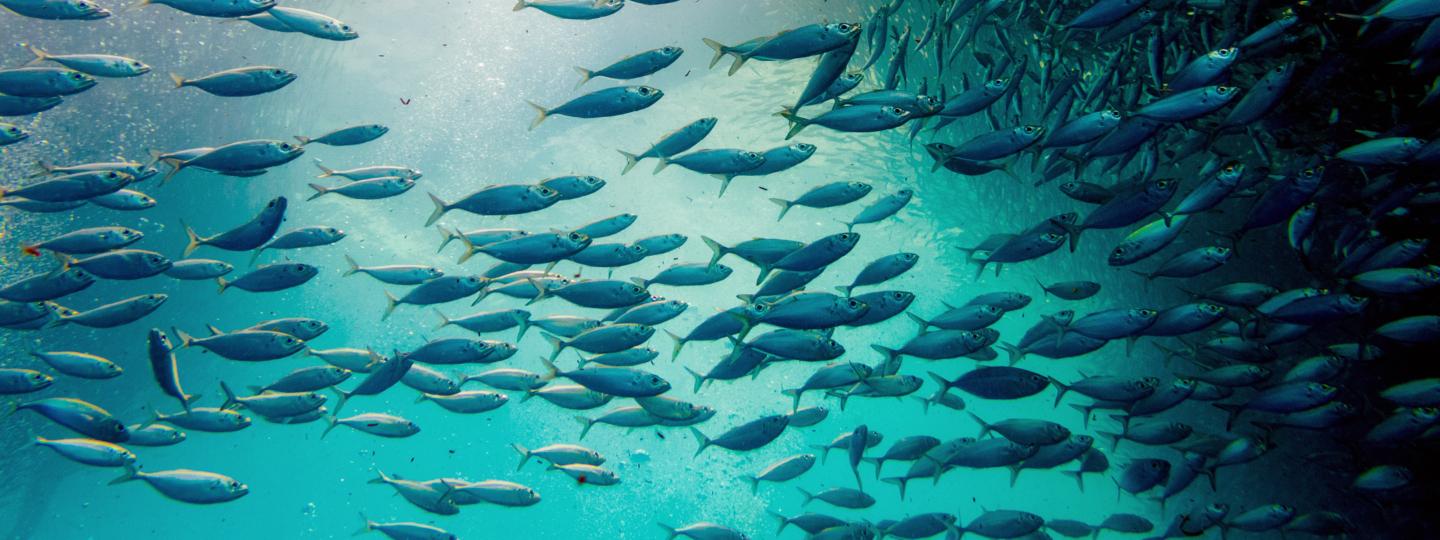Feed Solutions
Feed Solutions DirectoryThe SFP Aquaculture Feed Solutions Directory is your one-stop resource for tackling climate change, habitat, and biodiversity risks of aquaculture feed.
The Directory brings together tools, standards, initiatives, and platforms from multiple organizations, highlighting the latest advancements in mitigating the risks linked to a diverse array of ingredients used in compound feed production.
Combined with continued improvements in planning and management, managing the risks of aquaculture feed can ensure that aquaculture provides a sustainable low-carbon protein source while preserving and restoring our natural ecosystems and biodiversity.

How do I use the Directory?
Our Guide to Using the Feed Solutions Directory includes advice for first-time users plus guidance on addressing climate change, environmental impacts of feed in your supply chain, and setting climate and environmental targets. Our “Feed Matters” infographic can also help.
Why is addressing the risks of aquaculture feed important?
- Aquaculture can meet increasing demand for seafood while offering a low-carbon alternative to other animal food products.
- However, aquaculture feed remains a significant climate change and environmental hotspot – with risks such as land conversion, deforestation, overexploitation, pollution, and bycatch from the production or capture of feed ingredients.
- Acting on these issues can help your company meet your Scope 3 climate-related targets, as well as those linked to environmental risks such as habitat loss and biodiversity decline.
What questions should I be asking my supply chain and feed manufacturers?
SFP’s “Feed Matters” infographic outlines advice on using the Feed Solutions Directory. Section 2 – Get your fish in order outlines initial questions you can ask of your supply chain and feed manufacturers, and what you can do with this information.
How can I demonstrate action on feed?
The Feed Solutions Directory offers a comprehensive set of ready-to-use tools designed to help you track, demonstrate, and report progress toward your feed-related commitments, including climate and environmental goals. This briefing outlines the key tools available to support your efforts.
Topics outside the scope of the Directory
- The Directory is a resource repository and is not a methodology, risk assessment, standard, or improvement initiative. It does not score or rank tools or organizations.
- The Directory is focused on the sourcing and selection of feed and its ingredients and excludes information on methods and technologies for more efficient feed application.
- While not specifically targeting reductions in the feed conversion ratio (FCR), crucial for efficient feed use and mitigating climate change and environmental impacts, the Directory connects users to tools incorporating FCR into their criteria, notably feed standards.
- The Directory centers on climate change and environmental risks but recognizes the critical importance of social issues such as impacts on communities, livelihoods, and forced labor. Many featured tools and organizations actively address these concerns alongside climate change and environmental risks.
Acknowledgments
SFP would like to thank IDH and the IDH Aquaculture Working Group on Environmental Footprint’s Secretariat, ThinkAqua, The Nature Conservancy, and representatives of other organizations for their review of the briefing that introduced the Directory. Their advice, feedback and suggestions of tools contributed to the Directory’s development.
The development of this Directory was made possible through funding by the Walmart Foundation. The contents of this Directory and support for its use are those of SFP alone and do not necessarily reflect the opinions of the Walmart Foundation.

Improve the sustainability of your feed
Contact SFP to learn more about how you can address the climate change and environmental risks associated with aquaculture feed and its ingredients.

